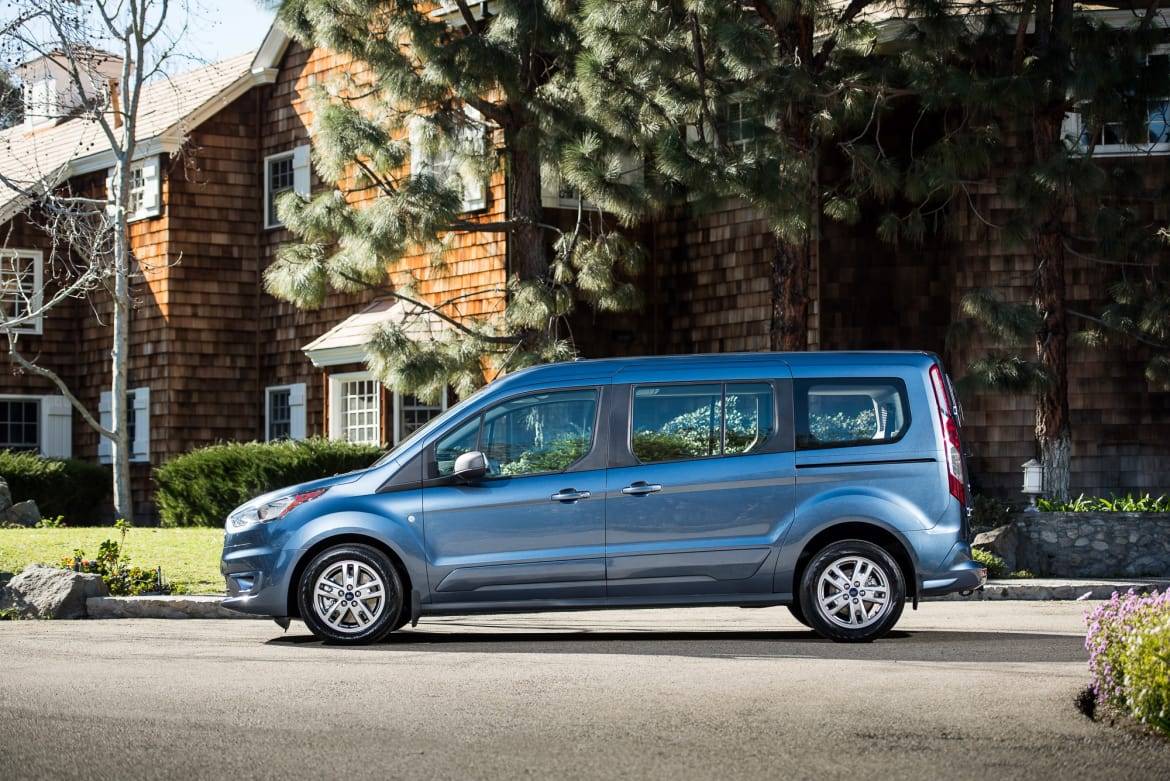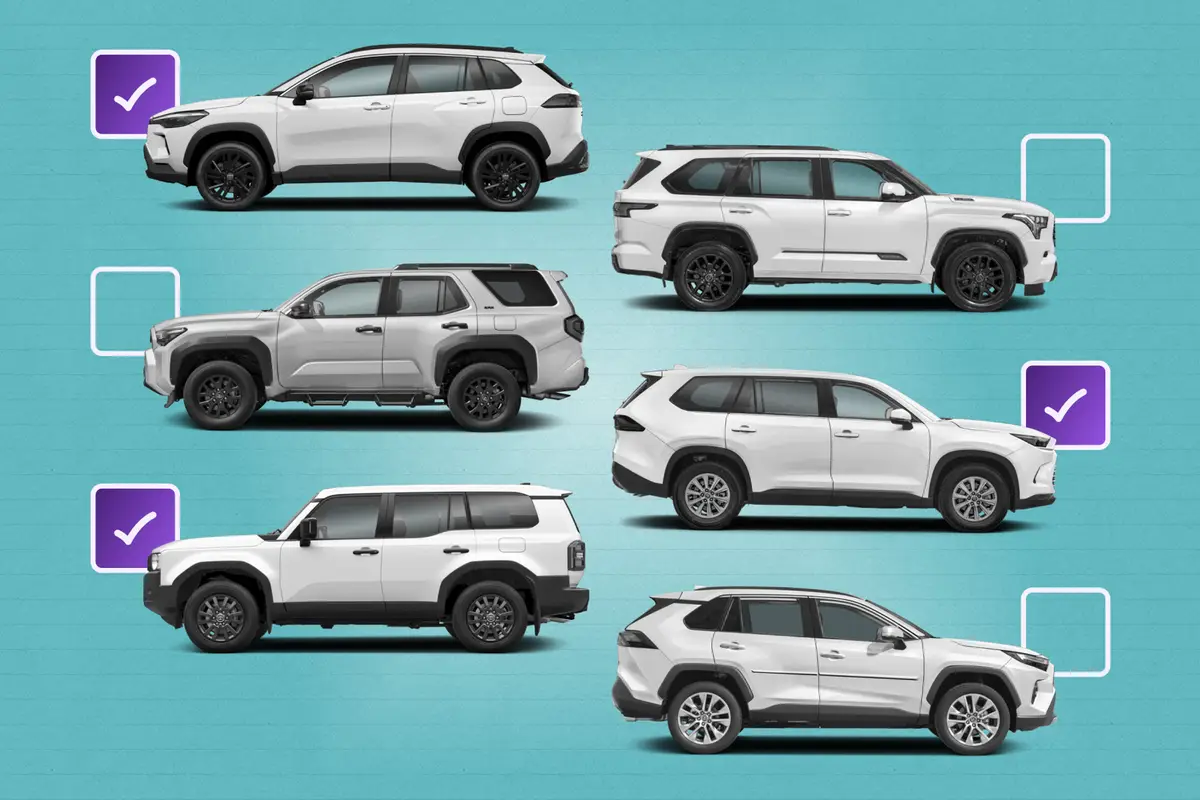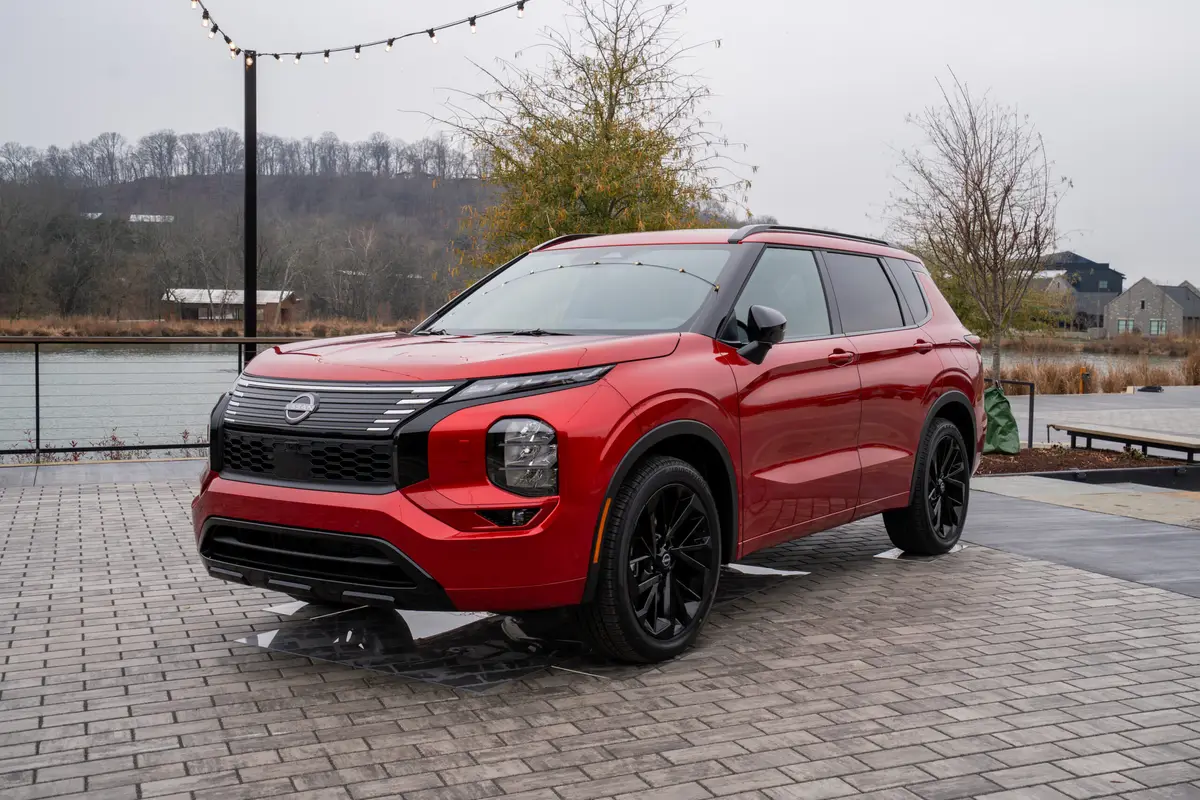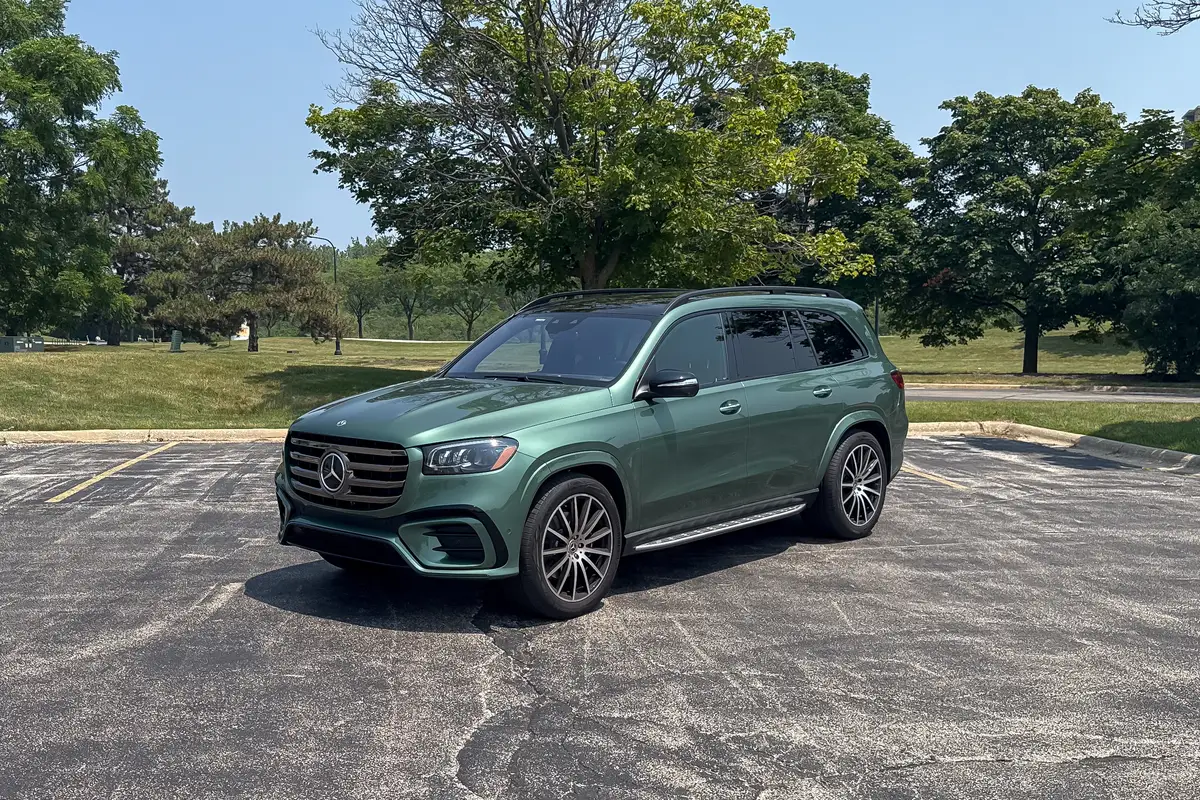2019 Ford Transit Connect Wagon: A Minivan for Surfing Grandparents


Competes with: Chevrolet City Express, Nissan NV200, Ram ProMaster City
Looks like: Ford barely changed anything, inside or out
Drivetrains: 2.0-liter four-cylinder, turbocharged diesel 1.5-liter four-cylinder or compressed natural gas/propane 2.5-liter four-cylinder (fleet only); eight-speed automatic transmission, front-wheel drive
Hit dealerships: Fall 2018
So all the kids have left home, and maybe they’re having kids of their own now, too. That means you and your other half really only need a car big enough for yourselves most of the time, perhaps large enough to handle deliveries for your artisan small business on the side or able enough to swallow your mountain bikes or surfboards on the weekend.
But now and then, you’re going to need something with enough seats to handle the grandkids on occasion, too, so a typical family sedan or crossover just won’t do. Oh, and now that you’re retired, you’re on a pretty tight budget, so whatever you buy has to be much more reasonably priced than a typical $40,000-plus SUV. What does that leave you?
Related: More 2018 Chicago Auto Show Coverage
- ${price_badge()}
- ${ami_badge()}
- ${battery_badge()}${ev_report_link()}
- ${hot_car_badge()}
- ${award_badge()}
- ${cpo_badge()}
${price_badge_description}
${ami_badge_description}
The EV Battery Rating is based on this vehicle's current expected range relative to the vehicles expected range when new. ${battery_badge_text}
This vehicle is certified pre-owned, backed by a manufacturer warranty, and typically undergoes a rigorous multi-point inspection to ensure quality and reliability.
This vehicle is currently in high demand given its competitive price, desirable features, and overall condition, and may have a higher chance of selling quickly.
Shop the 2018 Ford Transit Connect near you


Believe it or not, this is the thinking going on at Ford right now, as the company has decided to pitch the new 2019 Transit Connect — debuting at the 2018 Chicago Auto Show — to a very specific market: aging baby boomers who maintain very active lifestyles and need to cart around their offspring’s offspring now and then, but don’t want to break the bank on an expensive minivan or crossover that’s bigger than they want or typically need.
And maybe they have a small business, too. Crazy as it sounds, it’s not really a far-fetched idea — the boomers are still the largest buying segment in the car market, and they’re a frugal, practical bunch.
Exterior
For the new 2019 Transit Connect Wagon (a cargo van model is coming later), Ford took a conservative “if it ain’t broke, don’t fix it” approach to the refresh. Exterior styling is mildly different, with a new grille and optional bi-xenon headlights, and matches the styling of the recently updated Ford Fiesta (which will likely not be sold in the U.S. anymore) and the new Ford Focus (which might not be either). Out back, there are some slightly different taillights, and your choice of a dual vertical door or single large hatchback is still available. Dual minivan-style sliding doors are still standard, and two wheelbases are again available.
Interior
Inside, the new Transit Connect gets a mildly restyled dashboard with an optional 6.5-inch tablet-style touchscreen, featuring standard FordPass multimedia connectivity and optional Sync 3 interface. Three trim levels will be available on the wagon: XL, XLT, and Titanium, with commensurately more standard equipment and optional leather seating surfaces. Seating for five passengers is standard with the short wheelbase model, while long-wheelbase models get standard six-passenger accommodations and the option of a bench second row to make room for seven passengers.
The FordPass system allows for 4G LTE connectivity for as many as 10 personal electronic devices, while two USB ports up front are accompanied by a pair of 12-volt power sockets for the second and third rows. The second and third rows fold flat to open up a cavernous cargo hold, with Transit Connect payload rated for 2,000 pounds — more than a Ram 1500 Tradesman EcoDiesel pickup.
Under the Hood
The biggest change for the Transit Connect comes in the powertrain department. There are three possible engine choices, but which one comes standard depends on which version of the Transit Connect you’re looking at.
The short-wheelbase wagon gets a new standard turbocharged 1.5-liter EcoBlue diesel four-cylinder mated to an eight-speed automatic transmission. Opt for the long wheelbase six-passenger wagon and you get a standard 2.0-liter four-cylinder engine, or you can select the diesel as an option.
If you get the long-wheelbase wagon with the seven-passenger seating option, however, you cannot have the diesel — it’s gas-only due to some kind of packaging conflict with the diesel’s systems. A 2.5-liter gaseous-fuel powertrain is also optional, but it’s earmarked only for fleet buyers who run their vehicles on compressed natural gas or propane.
Safety
Ford has boosted the Transit Connect’s safety chops, as well, with new standard forward collision warning with automatic emergency braking. Optional systems include automatic cruise control, blind spot warning, lane departure warning and lane keep assist, and rear parking sensors with cross-traffic alert.
Look for the new 2019 Transit Connect to start arriving in dealerships in the fall of 2018, initially as gasoline-engine only; the diesel option will have late availability, according to a Ford spokesperson. We’ll be bringing you more on the Transit Connect and everything else at the Chicago show straight from the exhibit floor, so check back often.
























Cars.com’s Editorial department is your source for automotive news and reviews. In line with Cars.com’s long-standing ethics policy, editors and reviewers don’t accept gifts or free trips from automakers. The Editorial department is independent of Cars.com’s advertising, sales and sponsored content departments.

Detroit Bureau Chief Aaron Bragman has had over 25 years of experience in the auto industry as a journalist, analyst, purchasing agent and program manager. Bragman grew up around his father’s classic Triumph sports cars (which were all sold and gone when he turned 16, much to his frustration) and comes from a Detroit family where cars put food on tables as much as smiles on faces. Today, he’s a member of the Automotive Press Association and the Midwest Automotive Media Association. His pronouns are he/him, but his adjectives are fat/sassy.
Featured stories















